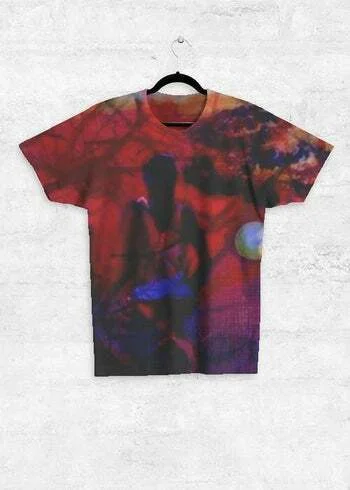
Art Business Opportunities
In today's dynamic marketplace, the allure of the art business beckons entrepreneurs with promises of creativity, passion, and, most importantly, profitability. From the comfort of home-based ventures to the vast realms of digital platforms, the art industry presents an array of opportunities for those daring enough to venture into its captivating domain.
The art business has historically been synonymous with luxury and exclusivity, capturing the imagination of investors and enthusiasts alike. Despite perceptions varying regarding its profitability, empirical evidence underscores the resilience and growth inherent in the art market. Recent reports indicate that the global art market surged to approximately $64.1 billion in 2019, illuminating its substantial economic footprint.
Navigating the art market, while subject to fluctuations influenced by economic conditions and trends, presents a landscape ripe with opportunities for astute entrepreneurs. Investors, collectors, and enthusiasts continue to be drawn to the art market, driven by a myriad of factors including cultural appreciation, aesthetic value, and investment potential.
Successful participation in the art business demands more than just a passing interest; it necessitates strategic insights and a nuanced understanding of market dynamics. By leveraging these insights, individuals can position themselves to capitalize on emerging trends, identify undervalued assets, and cultivate lucrative opportunities.
In essence, while the art market may present challenges and uncertainties, its enduring allure and economic significance underscore its potential for profitability. With prudent navigation and a commitment to excellence, aspiring entrepreneurs can unlock the lucrative possibilities inherent in the dynamic world of art business.
In the age of digital innovation, the art world is experiencing a transformative shift, offering boundless opportunities for digital artists and entrepreneurs to explore new creative frontiers and monetize their talents. Embracing the digital frontier opens up a world of possibilities, from creating digital artworks to developing innovative platforms and services that cater to the evolving needs of the digital art ecosystem. Here are some innovative digital art business ideas to consider:
The emergence of non-fungible tokens (NFTs) has revolutionized the art market, ushering in a new era of digital ownership and creativity. NFTs represent unique digital assets, each with its own distinct identity and ownership record stored on a blockchain ledger. This innovative technology has paved the way for the creation and sale of digital artworks on blockchain-based platforms, establishing a vibrant marketplace for artists and collectors alike.
Virtual reality (VR) technology has revolutionized the art world, offering artists unprecedented opportunities to showcase and sell their digital artworks in immersive and interactive environments. Virtual reality exhibitions, galleries, and installations provide audiences with unique and engaging experiences, transcending the limitations of traditional art mediums and physical spaces. By harnessing the immersive potential of VR, artists can connect with audiences on a deeper level and monetize their creations in virtual environments.
Digital Art Subscription Services represent a novel approach to art consumption, offering patrons access to exclusive digital art collections through subscription-based platforms. These services provide a curated selection of digital artworks, updated regularly to provide subscribers with fresh and engaging content. By leveraging subscription models, artists can establish recurring revenue streams, foster community engagement, and cultivate loyal followings among art enthusiasts.
Augmented Reality (AR) Art Apps represent a cutting-edge fusion of digital artistry and real-world environments, offering users immersive and interactive experiences that bridge the gap between physical and digital art. These innovative applications enable users to interact with digital artworks overlaid onto their surroundings through their mobile devices, blurring the boundaries between the virtual and physical worlds. By harnessing the power of AR technology, artists can engage with audiences in novel ways, drive sales, and create memorable experiences that transcend traditional exhibition formats.


Comments